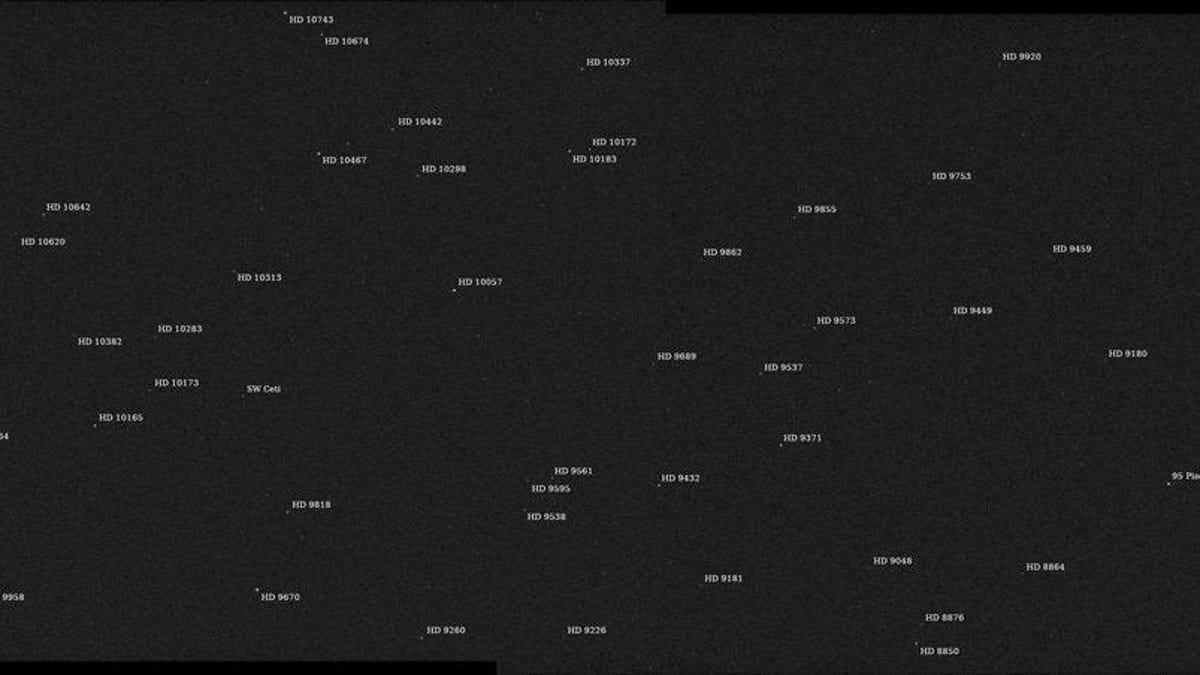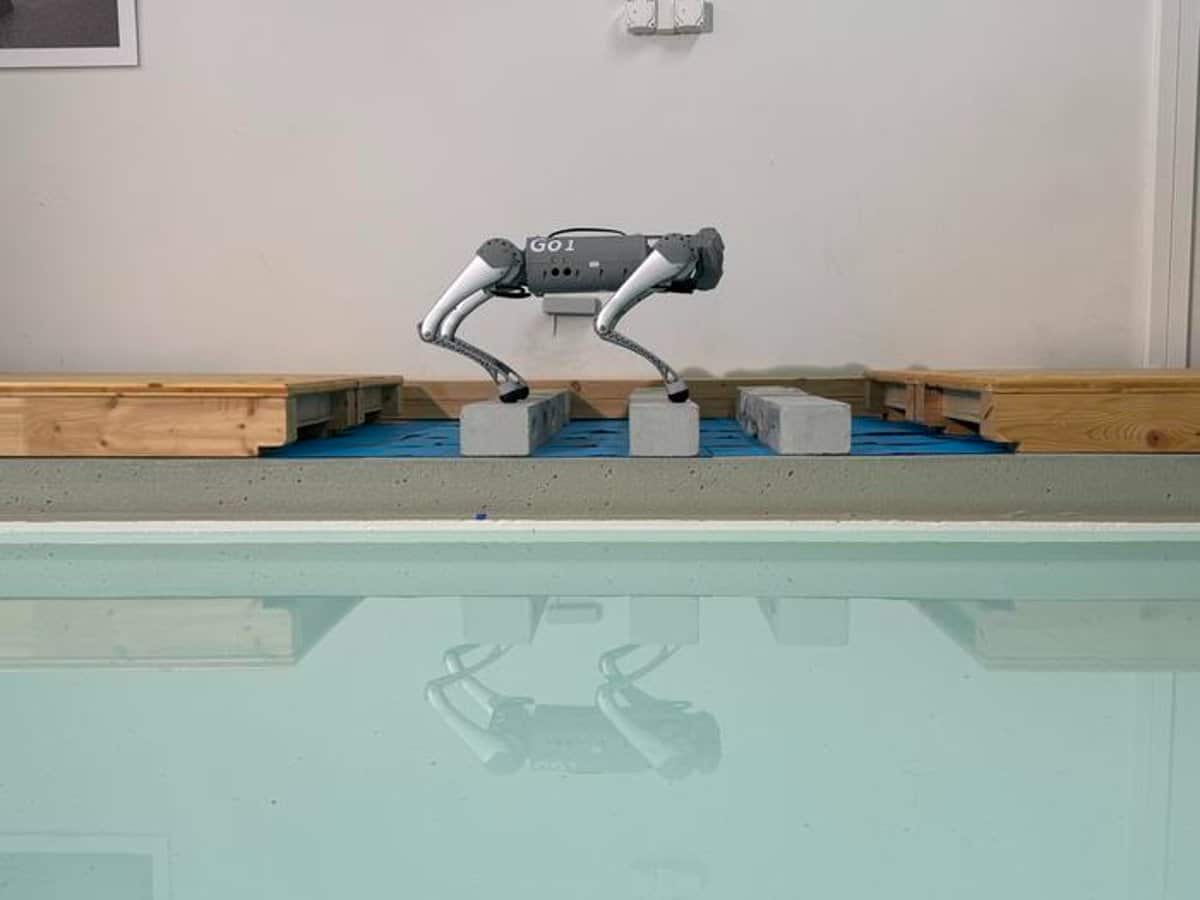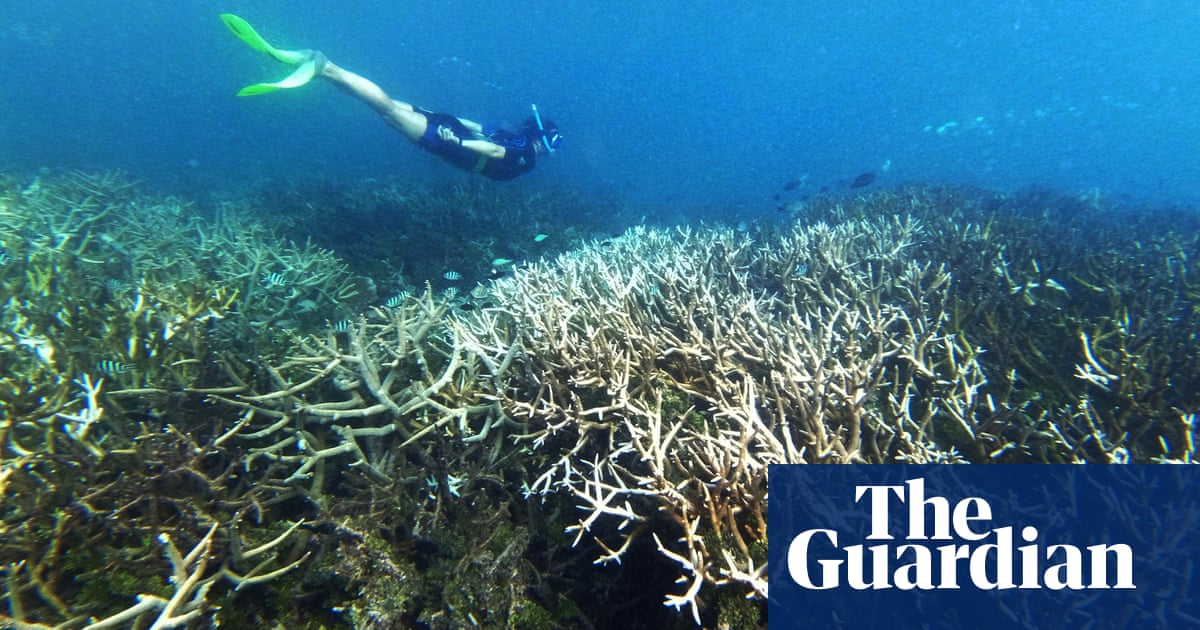It departed our planet just over two months ago, but NASA’s Psyche spacecraft is already 16 million miles from Earth, well on its way to its main destination: the asteroid Psyche. Eager to prove its readiness, the spacecraft recently beamed back the first images captured by both of its cameras to create a tantalizing mosaic of dotted stars.
The Psyche mission launched on October 13, headed toward a rare, metal-rich asteroid by the same name (which can get a little confusing). During the first eight weeks of the journey, the mission team has been putting Psyche’s various instruments to the test. NASA recently turned on the spacecraft’s twin cameras and retrieved the first set of images, showing a star field in the constellation Pisces, according to the space agency.
Psyche snapped a total of 68 images, which were weaved together to create a mosaic of shining stars. This region of the sky is where the cameras happened to be pointing at during the initial imaging test; the brightest visible star, mu Pisces, is located at the far right of the image.
“These initial images are only a curtain-opener,” Jim Bell, Psyche imager instrument lead, said in a statement. “For the team that designed and operates this sophisticated instrument, first light is a thrill.”
Imager A took the left half of the mosaic while Imager B took the right half, using multiple color filters and an exposure time of six seconds. The field of view of the resulting mosaic is about 8 degrees wide by 3.5 degrees tall.
Using Psyche’s imaging duo, the team behind the mission will collect pictures in wavelengths of light that are both visible and invisible to the human eye, to help determine the composition of the metal-rich asteroid. The team will also use the data to create 3D maps of Psyche to better understand its geology, which can give clues as to how the asteroid came to be.
Psyche is a 173-mile-wide (280-kilometer) asteroid that orbits the Sun in the outer part of the main asteroid belt between Mars and Jupiter. Scientists believe the space rock might be an exposed core of a planetesimal, or an early planetary building block, which was stripped of its outer layer during the early formation of the solar system.
Psyche, the spacecraft, will travel some 2.2 billion miles to reach the main asteroid belt and enter asteroid Psyche’s orbit in late July 2029. Throughout its journey, the imaging team will continue to test the spacecraft’s cameras.
“We start checking out the cameras with star images like these, then in 2026 we’ll take test images of Mars during the spacecraft’s flyby. And finally, in 2029 we’ll get our most exciting images yet – of our target asteroid Psyche,” Bell said. “We look forward to sharing all of these visuals with the public.”
For more spaceflight in your life, follow us on X (formerly Twitter) and bookmark Gizmodo’s dedicated Spaceflight page.

Dr. Thomas Hughes is a UK-based scientist and science communicator who makes complex topics accessible to readers. His articles explore breakthroughs in various scientific disciplines, from space exploration to cutting-edge research.








